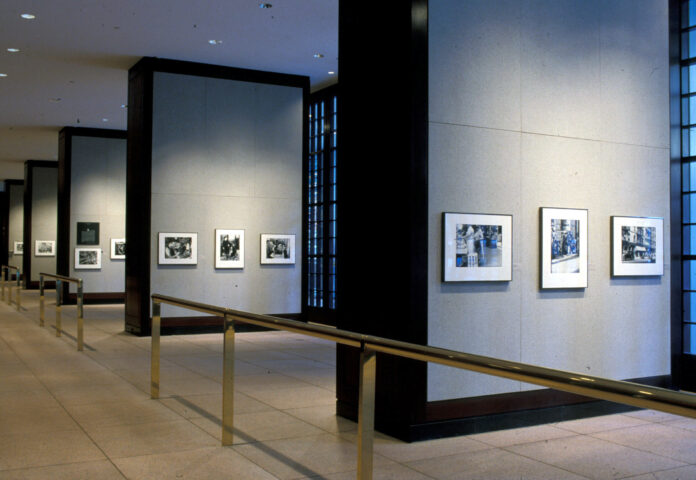Investing in cultural and creative sectors (CCS) is important due to the direct and indirect benefits they generate for the economy and society. Public art funding promoted culture as a “worthy good” like education and health care. However, with a growing understanding of the role that culture and creativity can play in economic development, there has emerged a more diversified approach to funding the cultural and creative sectors, with greater emphasis on economic returns from public spending and a more prominent role for private investors.
Ensuring decent public art funding is the cornerstone of any art program. In addition to donations from individuals and corporations, there are a number of approaches through which art can be financially supported.
Public art funding paths can be broken down into four broad areas:
- public/private sector efforts;
- interest and non-interest programs for the arts;
- participation of developers;
- local funding sources.
Public/Private Sector Collaborations
Opportunities for public art can be developed through current existing local programs. A city or business can partner with these organizations to get artists involved in:
- designing gardens and plantings;
- creation of destinations in green spaces, along paths and at junctions, securing places for recreation, entertainment, games and gatherings;
- installation of art exhibitions in empty showcases to improve the overall image of the building and the area;
- encouraging local museums to lend public art for temporary placement in the city centre;
- placement of exhibits in public places, including municipal, state and federal buildings.
Percent- and Non-Percent-for-Art Programs
Passing percent-for-art legislation encumbers a percentage (usually .5 to 2) of CIP (publicly funded capital improvement projects) per year for the commissioning of public artworks, which will usually be sited in, on, or adjacent to the building or project being constructed. Percent-for-art ordinances guarantee a funding stream for public art projects regardless of what happens to city budgets or public art funding.
Several examples of well-known, successful, non-percent public art funding programs exist in the following cities:
- Houston, TX: The Houston Cultural Arts Council also receives a percentage of the hotel/motel tax on works of art. In addition, the Council enters into contracts with various city agencies as well as with Harris County;
- New Orleans, LA: The New Orleans Arts Council funds public art projects through collaborative public-private partnerships to create a more stable funding base. The City of New Orleans, local and state government agencies, and other non-profit arts organizations are funding sources for the public arts program;
- Phoenix, AZ: The Phoenix Public Arts Program is funded by city general funds, public art funds, state lottery revenue, and regional and federal grants;
- San Antonio, TX: The San Antonio Design Improvement Program (DEP) is administered through the Office of City Architects of the Department of Public Works. The DEP public art funding program is supported by art grants and budgets, which are determined and developed by each project development team;
- San Diego, CA: The San Diego public art funding program is a department of the San Diego Arts and Culture Commission. Administrative expenses are covered by part of the city’s temporary occupancy tax or hotel/motel room tax, which helps fund the operating and staffing costs of nearly 90 arts and cultural organizations.
Participation by Developers
Even if a city does not have an arts interest ordinance or a significant number of city-funded CIP projects, it may still be possible to obtain public art funding from capital projects for public art by working with the private sector.
In cities across the country, private developers are realizing that art in urban planning is more than profitable. It can create a unique look or landmark feature for the project or translate into higher rents and a more desirable office location.

























